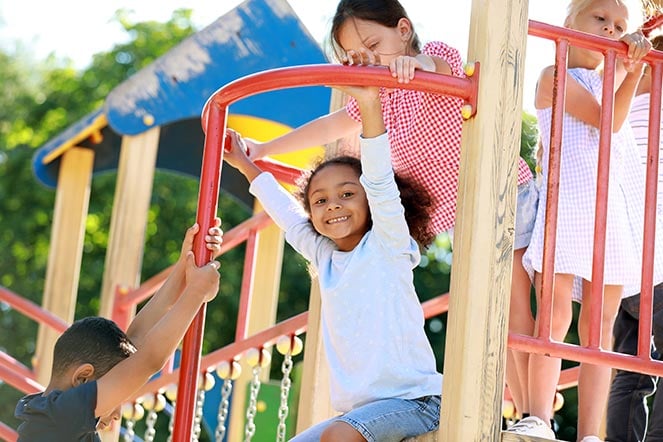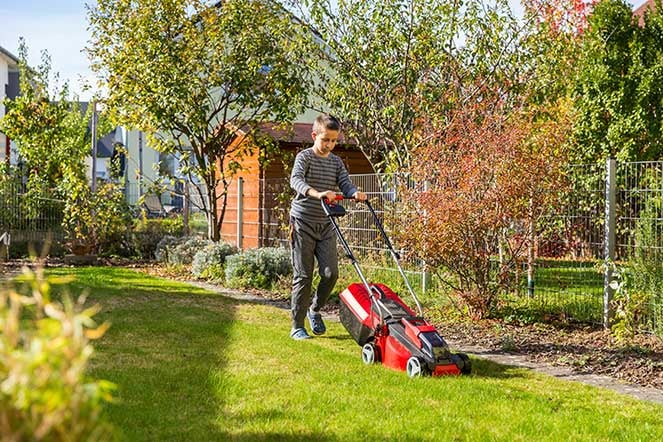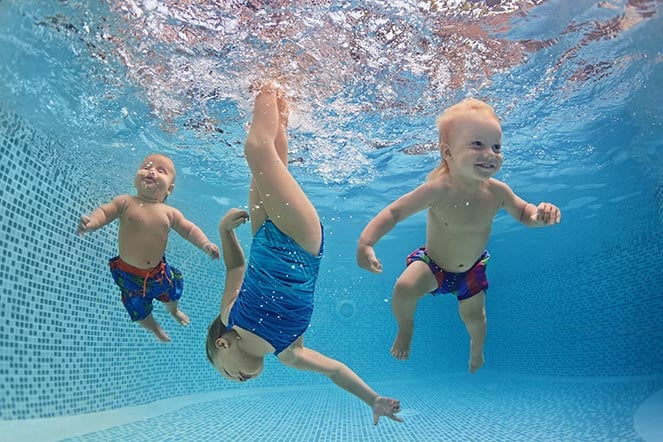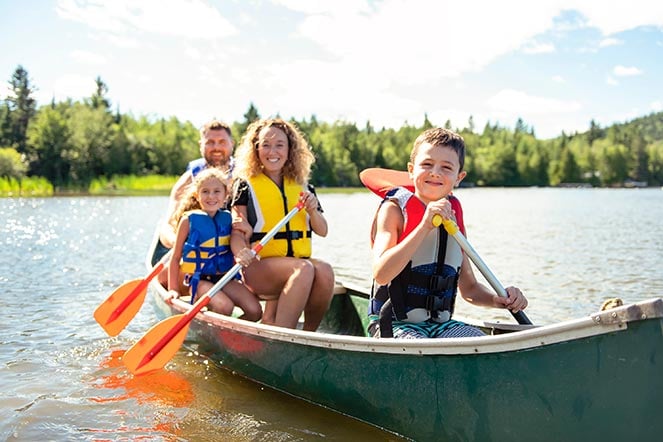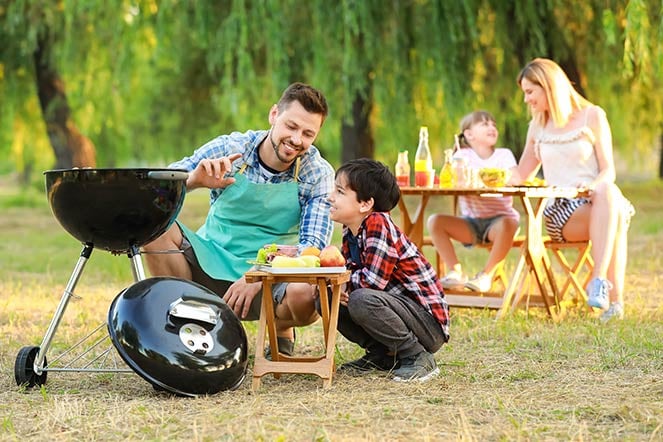While playing poolside may be a blast, Safe Kids Worldwide Organization reports that drowning is the leading injury-related cause of death for children ages 1-4, and it is the third leading cause of injury-related death among children 19 and under.*
Additionally, diving is the fifth leading cause of spinal cord injury for men and women, according to the National Spinal Cord Injury Statistical Center, with 29% of injuries affecting children up to age 18.**
Supervision and common sense can go a long way to prevent accidents and injuries. Always practice these tips to ensure your family’s safety around water:
- Watch kids when they are in or around water, without being distracted. Young children can drown in as little as one inch of water, so it’s important to keep them within an arm’s reach of an adult.
- Empty tubs, buckets, containers and kids’ pools immediately after use. Store them upside down and out of children’s reach.
- Close lids and doors. Keep toilet lids and doors to bathrooms and laundry rooms closed when not in use.
- Install fences around home pools. A pool fence should surround all sides of the pool and be at least four feet tall with self-closing and self-latching gates.
- Learn CPR and basic water rescue skills. It is important to know how to respond in an emergency without putting yourself at risk.
- The best way to enter the water is ALWAYS feet first.
- Never dive into the shallow end of a pool.
* Sources: Safe Kids Worldwide and Shepherd Center
** Shepherd Center
